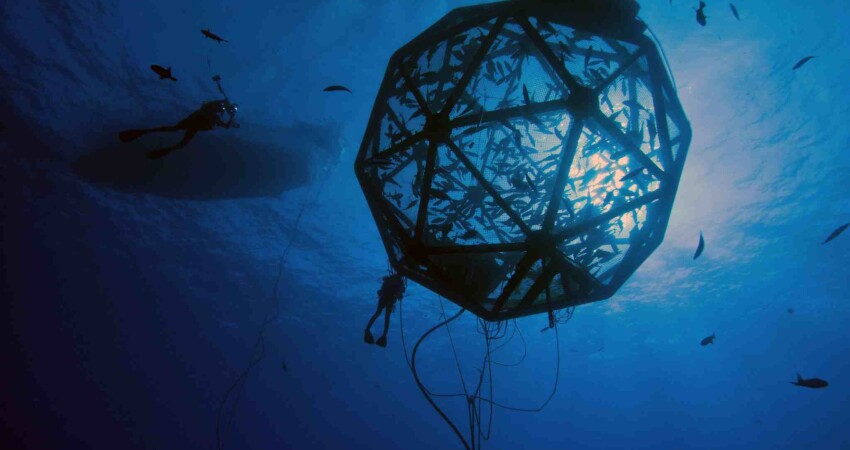Don’t Cage Our Oceans, a coalition of 55 fisheries and conservation groups, sent a delegation to Washington, D.C., on March 19, 20, and 21 to present legislators with information they are not getting from pro-aquaculture lobbyists. “We met with many Representatives and Senators and their staff members over the three days,” says Captain Charlie Abner of Atlanta, Georgia.
“They were very responsive to what we told them about the risks of offshore aquaculture and its economic impacts on fishermen and fishing communities. These companies doing this aren’t going to be American; they’re going to poison our waters with chemicals, diseases, excrement, and escapees, and they’re going to take the money out of our country and out of the tax bases of these coastal communities.”
While President Donald Trump’s Executive Order 13921, issued in May of 2020, directs multiple federal agencies to remove barriers to aquaculture permitting, identify Aquaculture Opportunity Areas in the EEZ, improve regulatory transparency for aquaculture, and update the National Aquaculture Development Plan, two acts introduced in 2023 build on the Trump administration’s plan to expand fish farming in US federal waters. Both bipartisan, The AQUAA and the Seafood Act seek to promote and subsidize aquaculture outside of state-controlled waters.
According to James Mitchell, legislative director for Don’t Cage Our Oceans, the best bet for protecting coastal communities from what the coalitions see as the negative impacts of offshore aquaculture is section 403 of Senator Lisa Murkowski’s Improving Arctic Act. “That’s our language in there,” says Mitchell. Among other things, Section 403, titled Domestic Seafood Production, establishes a pilot grant program for domestic seafood processing in coastal communities. “This provision bolsters domestic processing, strengthening Alaskan communities, food security, and seafood economy,” says a press release from Murkowski’s office. But most importantly, it states: “This provision also prohibits any federal agency from regulating offshore finfish farming unless specifically authorized by Congress.”
According to Mitchell, section 403 does two critical things. “First, it would assist coastal communities with creating and maintaining seafood processing infrastructure,” he says. “Which is intended to keep seafood local. The other thing it does is make clear that a rogue federal agency like the National Oceanic and Atmospheric Administration (NOAA) cannot permit and regulate aquaculture projects in federal waters without Congressional authorization to do so,” says Mitchell. “NOAA keeps moving forward in that space under the Trump executive order,” Mitchell notes that that executive order accomplishes the first section of the AQUAA Act by designating Aquaculture Opportunity Zones. “And leases in those zones will be for 25 years,” he says.
Delegation member Abner points out that aquaculture proponents' narrative leaves out the adverse side effects. “When we told the staff members of the Representatives and Senators our side of the story, they were amazed,” says Abner. They said, ‘We never knew this.’ Well, of course not. The big companies that are going to do this aren’t going to tell you how it will hurt people.”







